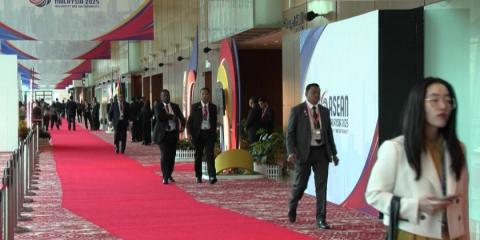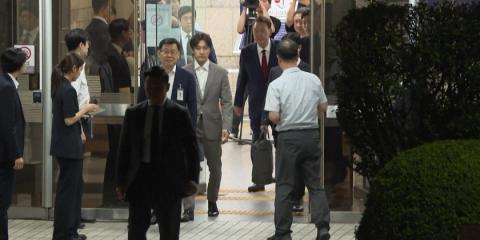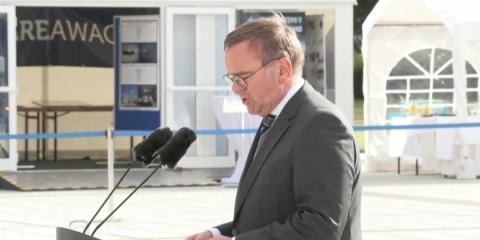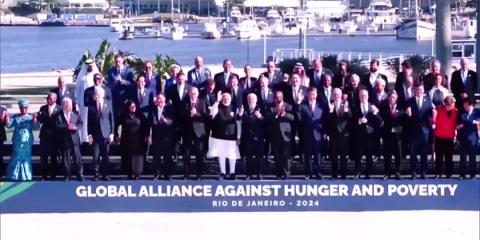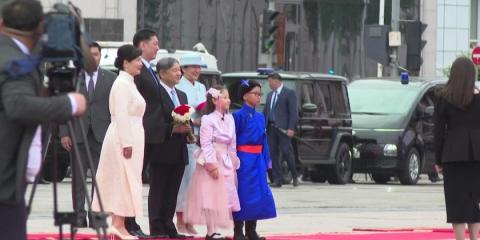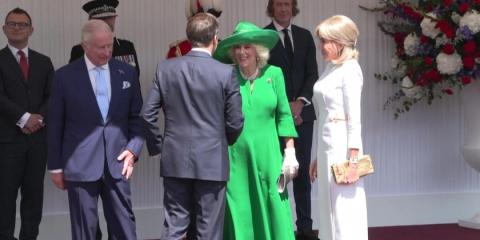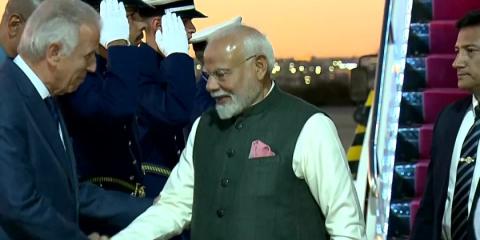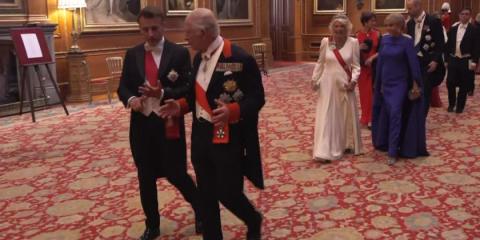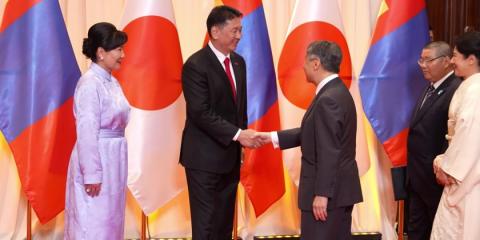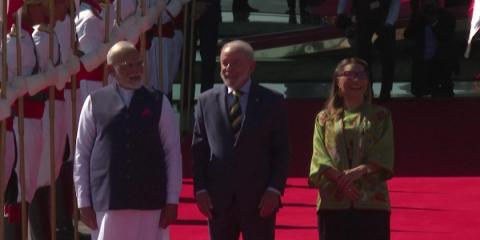Russia's top diplomat Sergei Lavrov arrived for a meeting with the foreign ministers from the Association of Southeast Asian Nations in Kuala Lumpur. Lavrov is also expected to meet US Secretary of State Marco Rubio on the sidelines of the ASEAN summit. After Malaysia, Lavrov will visit North Korea this weekend, the latest in a series of high-profile visits by top Moscow officials as the two countries deepen military ties.
mitv

